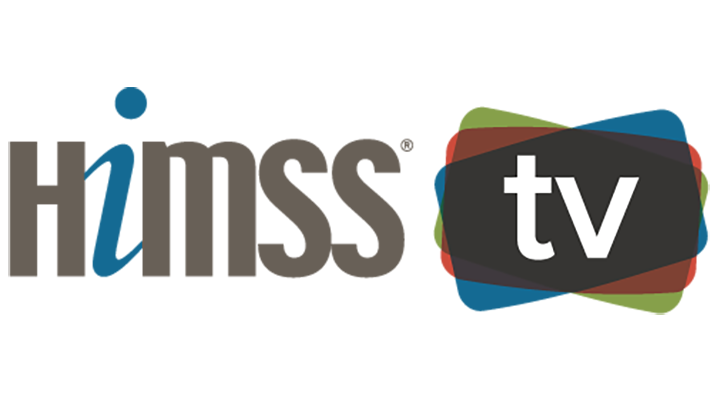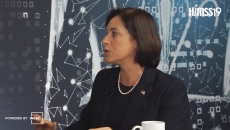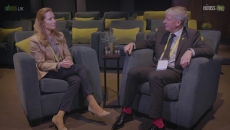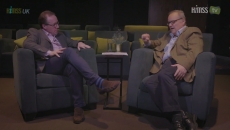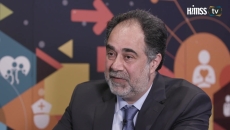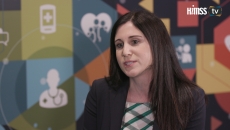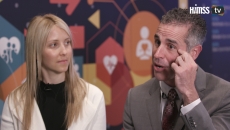HIMSS TV
Dr. Nares Damrongchai, CEO of the Thailand Center of Excellence for Life Sciences, on how breaking down silos to bring together different agencies doing advanced work can achieve greater goals.
The former national coordinator and professor at Dell Medical School says consumers need to feel more like a person and less like a patient so the trend is to put all of a patient's data in one place so they can access it via smartphone.
Cleveland Clinic Executive Chief Nursing Officer K. Kelly Hancock says a business case is emerging from empathy as unlocking engagement to influence patients and clinicians can boost the bottom line.
Ana Prado, CMIO at Hospital de Cascais in Portugal, details how having reached EMRAM Stage 7, the hospital’s work continues in an effort to improve even more clinical outcomes and patient care.
Will Smart, CIO for Health and Social Care in England, says the NHS can track the progress of the global digital exemplars against international standards by measuring digital maturity using tools such as EMRAM.
CEO Sean Bozorgzad explains how his company’s workforce management platform can help enable clinicians to deliver empathy to patients.
Children’s Hospital of Wisconsin Director of Digital Health & Experience Christopher Neuharth is introducing digital health tools to pediatric patients and their families.
Providence St. Joseph Health Director Karen Appelbaum discusses how technology is serving as an extension of the way to know patients and care for them.
Jim Horowitz, manager at Beresford Ventures, finds conferences such as the annual HIMSS global event and Health 2.0 VentureConnect as valuable places to network and learn.
Dr. Robert Louis, director at Hoag, and Danielle Collins, chief experience officer at EMPOWER360, discuss how virtual reality technology can bridge the gap between the knowledge of the patient and the knowledge of physician.
